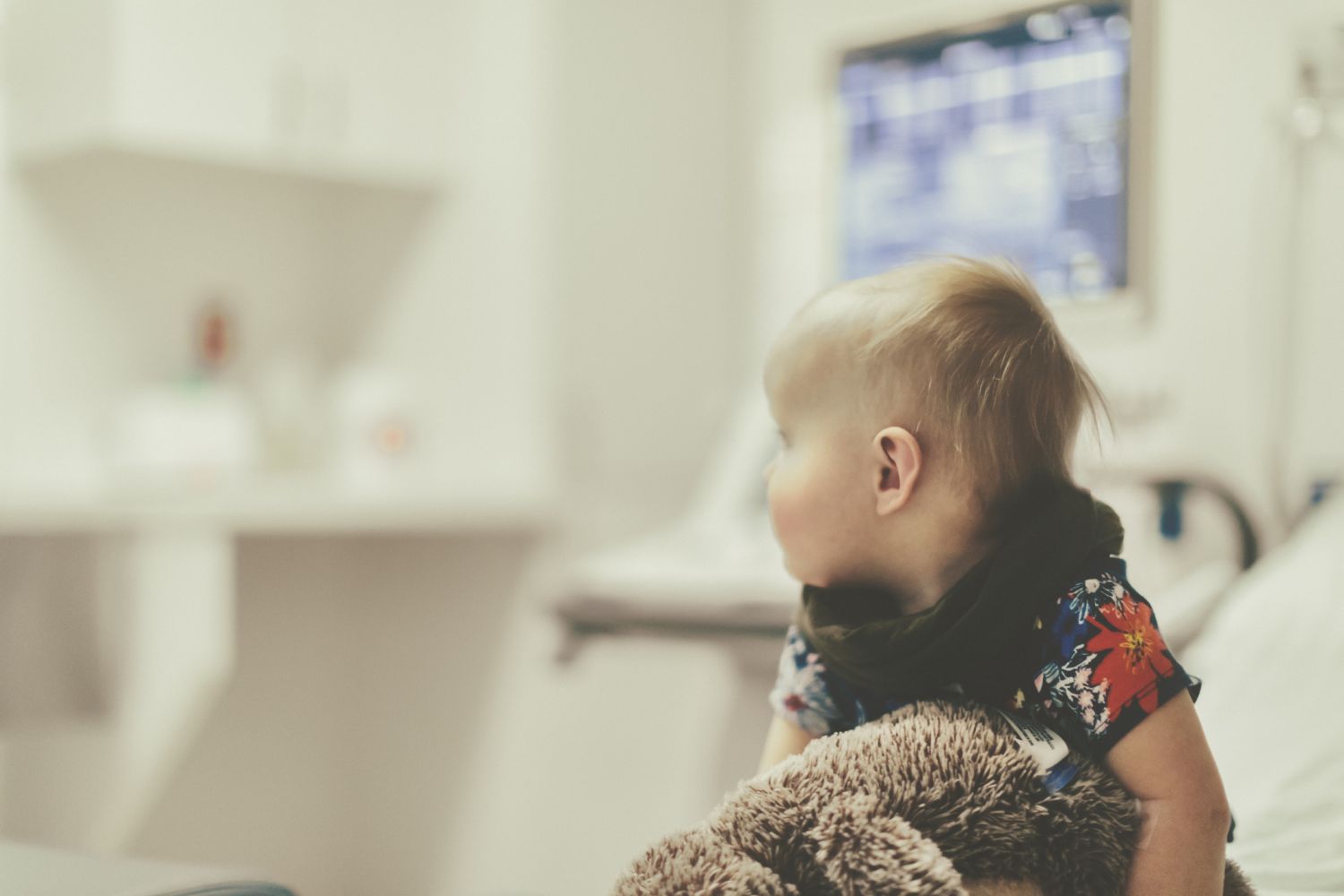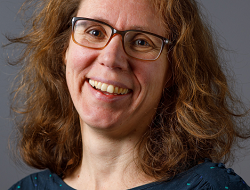Til Therapy: new hope for children with neuroblastoma
NewsOn 15 Februari, International Childhood Cancer Day, we would like to show how Sanquin contributes to better chances for children with cancer. Read this hopeful story about research into a new therapy.
 The relatively old TIL therapy has been shown to be effective in the fight against skin cancer and a number of other types of cancer. Sanquin is now investigating, together with the Princess Máxima Center, whether TIL therapy also works for the childhood cancer neuroblastoma. A major challenge because the immune system of children functions differently from that of adults.
The relatively old TIL therapy has been shown to be effective in the fight against skin cancer and a number of other types of cancer. Sanquin is now investigating, together with the Princess Máxima Center, whether TIL therapy also works for the childhood cancer neuroblastoma. A major challenge because the immune system of children functions differently from that of adults.
TIL therapy was developed in the United States in the 1980s. In this immunotherapy, a tumor is first surgically removed. It contains immune cells, the so-called TILs: Tumor-Infiltrating lymphocytes. However, these T cells are weakened and their quantity is too limited to effectively defeat the tumor. By cutting the removed tumor into pieces and treating it with specific growth factors in the laboratory, the immune cells can expand and strengthen significantly while the tumor cells die during culture. The patient receives these T cells back via an infusion, after which this strengthened army can fight the remaining tumor cells in the body.
 Lung tumors
Lung tumors
It has now been demonstrated that TIL therapy works well for melanomas. About half of the treated patients benefit from it and about 10 percent even recover completely. The Netherlands Cancer Institute (NKI) has been using this treatment since 2011, which has been reimbursed by the health insurance since last year. Sanquin supplies cultivated TIL products for this purpose, but also conducts research into new applications for TIL therapy. Monika Wolkers, group leader Sanquin Research and associate professor of immunology at Amsterdam UMC, mentions lung tumors as an example. `We are conducting research into this together with the NKI. This therapy seems useful in the laboratory. After the summer we hope to be able to do the first clinical tests.’
Unexpected
While the effectiveness of TIL therapy has always been studied exclusively for adult cancer patients, Sanquin now also wants to see whether it can be of use to children. Wolkers says that for years Sanquin has had good contacts with the Princess Máxima Center (PMC), a hospital for pediatric oncology. `When employees there heard that we were doing research into TIL therapy for lung cancer, they asked whether we would also like to do that for the childhood cancer neuroblastoma. At first I thought that something like that was pointless because those children always receive pretreatment with chemotherapy. Then the tumor tissue is usually dead. But the PMC showed that there are still living T cells present. Reason enough to give it a try.’
Synergy
Wolkers is conducting this study together with Judith Wienke, a postdoc researcher at the PMC. Wienke is trained as a doctor and, like Wolkers, is an immunologist. `Monika has extensive experience with TIL therapy and I know a lot about pediatric immunology. This synergy makes us complement each other nicely while we also have a lot of overlapping expertise.’ She explains that neuroblastoma is the most common childhood tumor after blood cancers and brain cancers. `It is a solid tumor that can be found anywhere in the body but often grows in the abdomen, sometimes as big as an orange. In the low-risk group, the tumors can disappear on their own and most children survive this disease. But the high-risk group – about 25 children per year – must undergo intensive treatment. This consists of chemotherapy, surgical removal of the tumor, radiation, stem cell transplantation and immunotherapy with antibodies. Despite this intensive treatment, only 60 percent of the patients survive the first five years.’
More Gamma-Delta T cells
A much less invasive treatment, such as TIL therapy, would be a welcome addition for these young patients. But according to Wolkers, developing this requires a different approach because the immune system of children is different from that of adults. `We all have an innate and an acquired immune system. The ratio between innate and acquired immune cells is different in children. They have many more innate immune cells and also more innate T cells in the tumor. We suspect that these so-called Gamma-Delta T cells fight the cancer even more effectively, but we don't know that yet.' Wienke adds that they will investigate this together with a subsidy from the Children Cancer Free Foundation (KiKa). `The question is how we can best stimulate these T cells so that they become more active and multiply strongly. We hope to be able to do the first clinical tests in a few years.'
Unexplored territory
The researchers at the PMC are already dreaming of the next steps. For example, they are thinking of children with a sarcoma, a connective tissue cancer. These patients normally receive the same extensive treatment as children with neuroblastoma, but for them the immunotherapy component has hardly been developed yet. Wolkers says that research into this group will start soon. `And with Judith, the NKI and a researcher from the Université Libre in Brussels we have entered into a collaboration to better understand the T-cell response in children. It is still unexplored territory. We are truly pioneering.’
